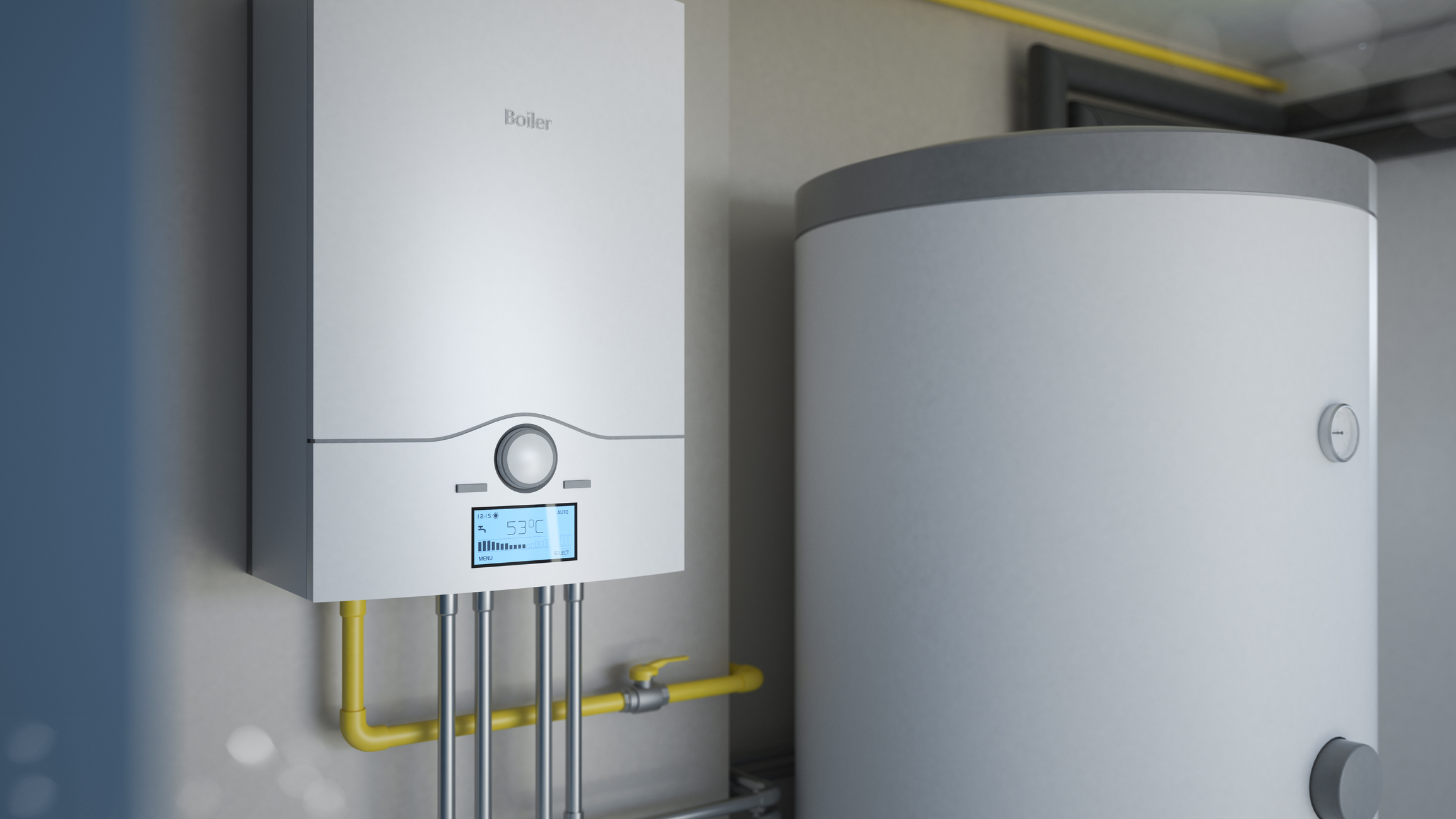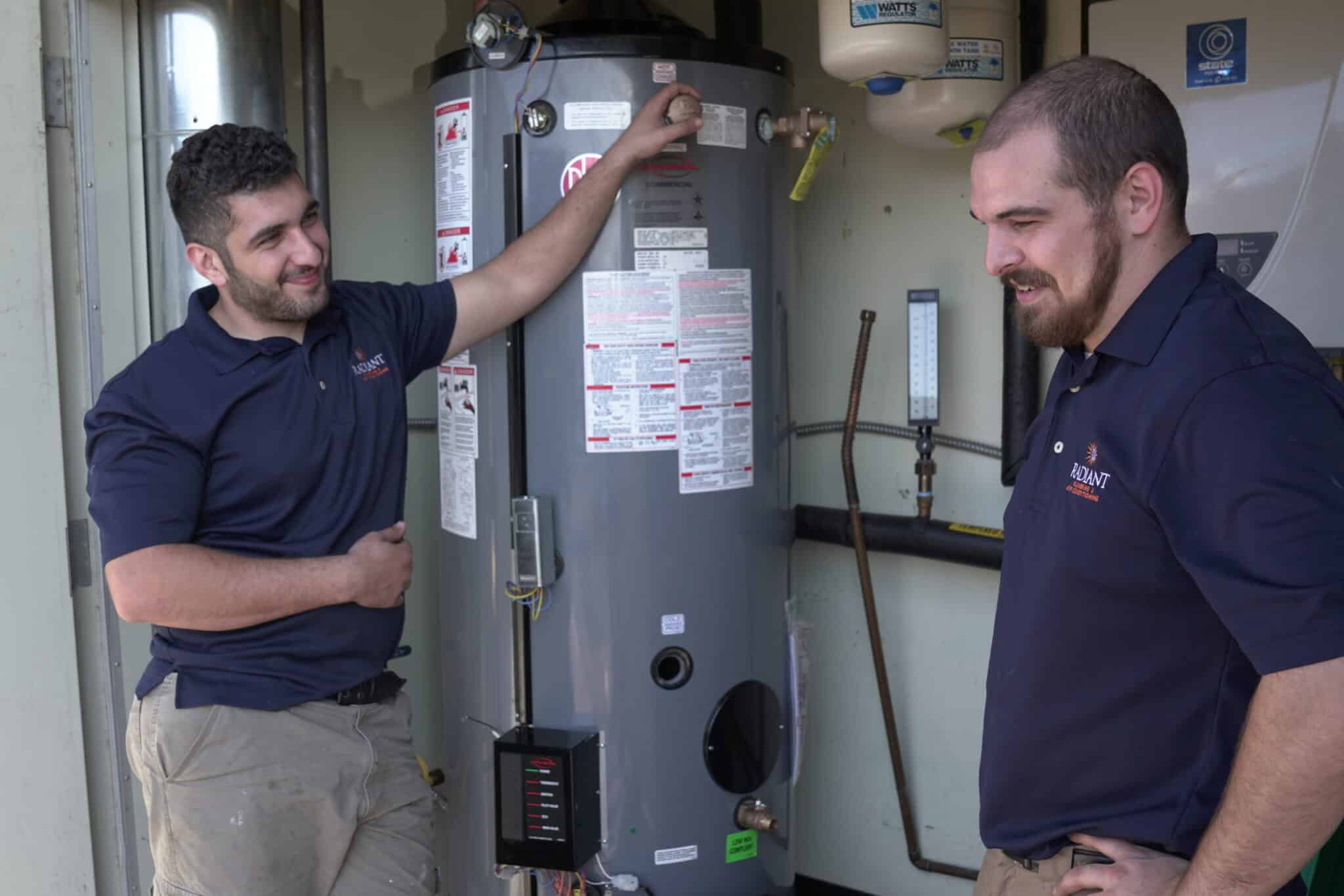What to Maintain Your Home's Hot Water System ProperlyWhat to Maintain Your Home's Hot Water System Properly
What to Maintain Your Home's Hot Water System ProperlyWhat to Maintain Your Home's Hot Water System Properly
Blog Article
This post on the next paragraphs involving How to Maintain a Hot Water Heater in a Few Simple Steps is fairly remarkable. You should take a peek.

Warm water is important for day-to-day comfort, whether it's for a refreshing shower or washing recipes. To ensure your warm water system runs efficiently and lasts much longer, normal maintenance is vital. This post provides useful pointers and insights on exactly how to keep your home's hot water system to stay clear of disruptions and expensive fixings.
Intro
Maintaining your home's warm water system might appear difficult, but with a couple of simple steps, you can guarantee it operates efficiently for years to come. This guide covers every little thing from recognizing your warm water system to DIY maintenance suggestions and recognizing when to hire expert assistance.
Significance of Maintaining Your Hot Water System
Routine upkeep not just prolongs the life-span of your hot water system but additionally ensures it operates effectively. Overlooking upkeep can lead to decreased performance, greater energy expenses, and even premature failure of the system.
Signs Your Hot Water System Needs Maintenance
Knowing when your hot water system needs attention can avoid major problems. Keep an eye out for indicators such as irregular water temperature level, strange noises from the heating unit, or rustic water.
Recognizing Your Hot Water System
Before diving into maintenance tasks, it's useful to comprehend the fundamental parts of your warm water system. Generally, this consists of the water heater itself, pipelines, anode poles, and temperature controls.
Regular Monthly Maintenance Tasks
Regular regular monthly checks can assist capture minor problems before they escalate.
Flushing the Water Heater
Flushing your water heater eliminates debris buildup, improving effectiveness and extending its life.
Checking and Replacing Anode Rods
Anode rods prevent corrosion inside the tank. Examining and replacing them when worn out is critical.
Checking and Adjusting Temperature Settings
Adjusting the temperature setups guarantees optimal performance and safety.
DIY Tips for Upkeep
You can do a number of upkeep tasks yourself to maintain your warm water system in top condition.
Checking for Leaks
On a regular basis check pipelines and connections for leakages, as these can cause water damage and greater costs.
Examining Stress Alleviation Valves
Testing the stress safety valve guarantees it works correctly and prevents excessive stress accumulation.
Protecting Pipelines
Shielding warm water pipes decreases warmth loss and can save power.
When to Call a Professional
While DIY upkeep is helpful, some problems call for expert competence.
Complex Concerns Needing Professional Assistance
Examples consist of major leakages, electrical troubles, or if your hot water heater is constantly underperforming.
Routine Professional Maintenance Benefits
Specialist maintenance can include detailed examinations, tune-ups, and ensuring conformity with safety criteria.
Final thought
Regular upkeep of your home's warm water system is important for efficiency, long life, and expense financial savings. By complying with these tips and understanding when to seek specialist help, you can make certain a reliable supply of hot water without unforeseen disruptions.
Water Heater Maintenance: The Basics
Maintaining your water heater will ensure it operates efficiently and has a longer lifespan. Neglecting regular maintenance can lead to costly repairs and an even bigger chunk of your savings if you have to replace it sooner than necessary. But there’s good news: Most water heater maintenance tasks are relatively simple and easy for homeowners with basic DIY skills.
Flush the Water Heater
Over time, sediment and minerals can build up in the tank, reducing its efficiency and potentially causing damage. To flush the tank, turn off the power or gas supply, attach a hose to the drain valve near the bottom and open the valve to drain the water until it runs clear. Ideally, flush the tank annually.
Replace the Anode Rod
The anode rod is a sacrificial metal rod that helps prevent corrosion inside the tank. Inspect and replace it every three to five years or per the manufacturer's recommendation. To replace the anode rod, turn off the power or gas supply, drain a few gallons of water from the tank, unscrew the old rod and replace it with a new one. If the anode rod is significantly corroded or covered in calcium buildup, it's a sign the water heater may need to be replaced soon.
Tune-Up
A yearly tune-up can help identify potential issues and ensure your water heater operates at peak efficiency. This typically involves checking the thermostat, burner assembly (for gas heaters) and any other components specified by the manufacturer. During a tune-up, the technician may also clean the burner and adjust the pilot light (for gas heaters) or examine the heating elements (for electric heaters).
How to Maintain Your Water Heater
Insulate the tank. Insulating the tank can improve energy efficiency and reduce heat loss, saving you money on energy bills. You can purchase precut insulation blankets designed specifically for water heaters or use standard fiberglass insulation wrapped securely around the tank. Check the temperature. The recommended water temperature for most households is around 120 degrees Fahrenheit (49 degrees Celsius). Higher temperatures can increase energy costs and potentially cause scalding. Use a kitchen thermometer to check the temperature at the faucet nearest the water heater. Monitor water pressure. Excessive water pressure can strain the water heater and cause leaks or even tank failure. Install a pressure-reducing valve if necessary. The ideal water pressure range is between 60 and 70 PSI (pounds per square inch). Test the temperature and pressure (T&P) relief valve. The T&P relief valve is a safety feature that releases pressure if the tank gets too hot or the pressure builds up too high. Test it annually by lifting the lever and allowing a small amount of water to release. Replace the valve if it doesn't release water or reseal properly. Check for leaks. Regularly inspect the tank, pipes and fittings for leaks or corrosion. Deal with issues promptly to prevent further damage. Even a small leak can lead to significant water damage over time. Consider a tankless water heater. If your traditional tank-style water heater is nearing the end of its lifespan ( typically 10 years), consider replacing it with a tankless water heater. These units heat water on demand, reducing standby energy losses and potentially saving you money on your energy bills. Schedule professional maintenance. While homeowners can perform many water heater maintenance tasks, it's still a good idea to schedule professional maintenance every few years. A plumber or HVAC technician can thoroughly inspect the unit, identify potential issues and ensure it operates safely and efficiently. https://www.homeserve.com/en-us/blog/home-improvement/hot-water-heater-maintanence/

We were shown that report about How to Maintain Your Water Heater & Prolong its Life from an acquaintance on a different site. Appreciated our entry? Please share it. Let someone else discover it. Many thanks for your time. Please check our blog back soon.
Contact Us Today Report this page